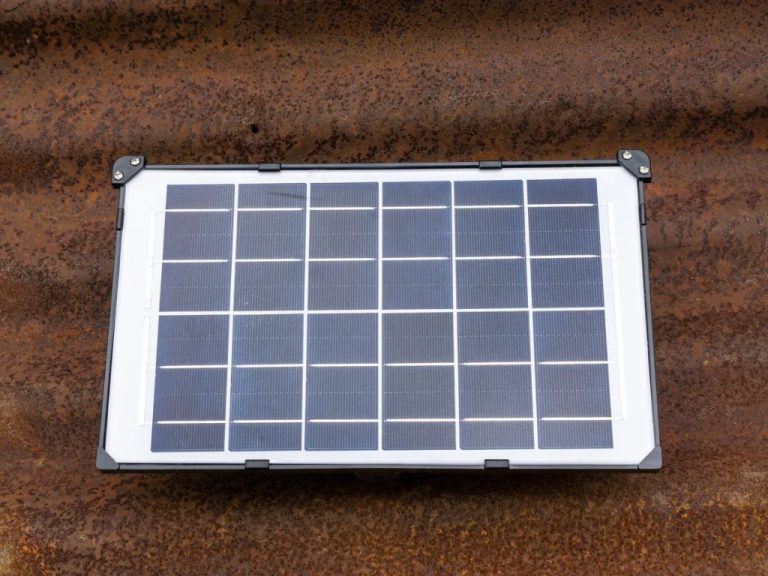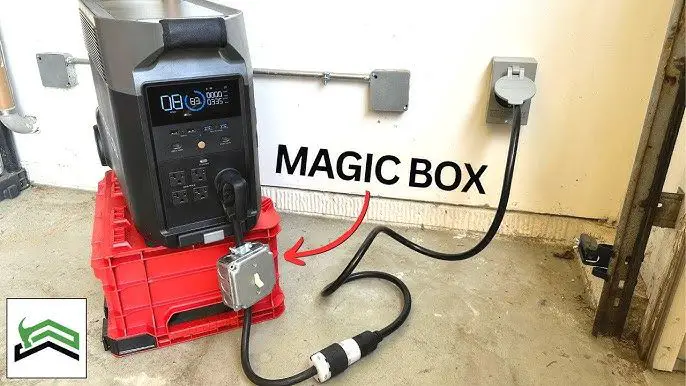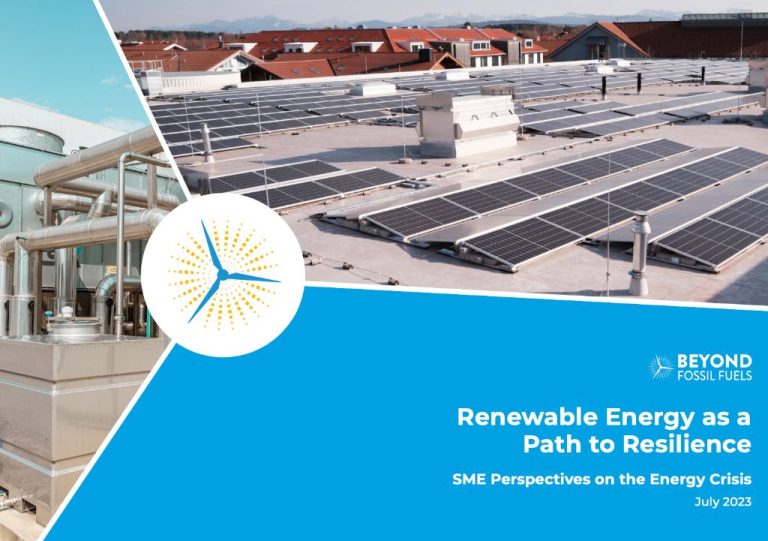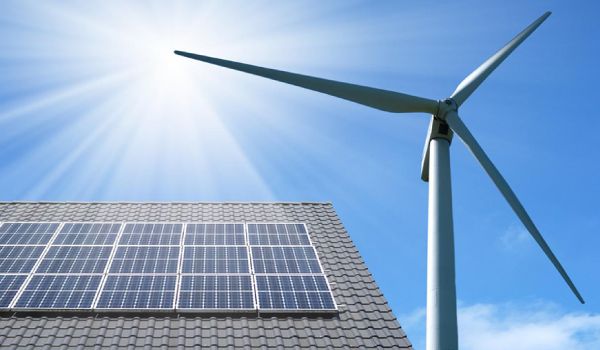Where Do We Get Solar Energy From?
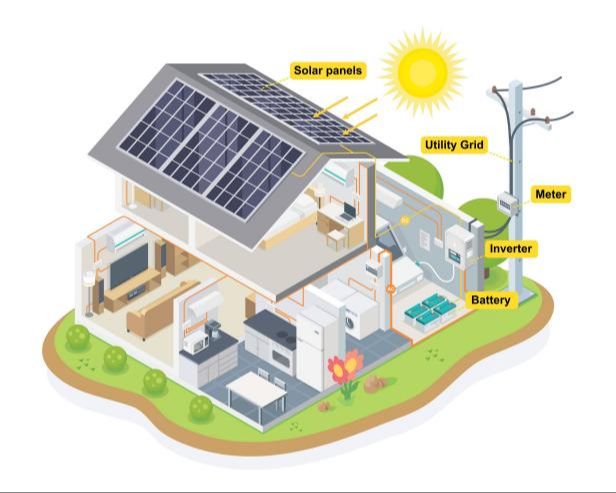
Solar energy is the radiant light and heat from the Sun that is harnessed using a range of ever-evolving technologies such as solar heating, photovoltaics, solar thermal energy, solar architecture, molten salt power plants and artificial photosynthesis. It is an essential source of renewable energy and its technologies are broadly characterized as either passive solar or active solar depending on how they capture and distribute solar energy or convert it into solar power. Active solar techniques include the use of photovoltaic systems, concentrated solar power and solar water heating to harness the energy. Passive solar techniques include orienting a building to the Sun, selecting materials with favorable thermal mass or light-dispersing properties, and designing spaces that naturally circulate air.
The importance of solar energy stems from its abundance and renewability. The amount of solar energy that hits the Earth’s surface every hour is greater than the amount of energy the world uses in a whole year (Venturesolar, 2017). Being a renewable resource, sunlight will continue to provide energy for the foreseeable future. Solar technologies provide a sustainable way to harness this abundant energy source. They produce no air or water pollution, help combat climate change, and provide energy access to remote areas. With solar PV systems, individuals can generate their own electricity and be energy independent. Solar technologies are also versatile and scalable – they can power anything from small gadgets to entire cities. As solar panels and storage batteries improve and costs decrease, solar is becoming more affordable and widespread.
The Sun
The sun is the original source of nearly all energy on Earth. The sun produces energy through nuclear fusion, converting hydrogen into helium. This process releases massive amounts of energy in the form of electromagnetic radiation. This radiation streams outwards from the sun in all directions, traveling at the speed of light and spanning a broad spectrum of wavelengths. A tiny fraction of this solar radiation reaches Earth and powers life and climate.
Solar radiation that arrives at the Earth’s outer atmosphere spans wavelengths from ultraviolet rays through visible light to infrared rays. The visible portion makes up only a small slice of the full spectrum. When sunlight passes through the atmosphere, some wavelengths are absorbed or scattered by air molecules, water vapor, clouds, and particulates. The solar radiation that makes it to the Earth’s surface provides the energy that drives photosynthesis in plants, heats the ground and atmosphere, and can be harnessed for renewable energy technologies.
(Kara, F. (2017). Use of the Drawing-Writing Technique to Determine the Misconceptions of Pre-Service Teachers Regarding Solar Energy. Hacettepe Üniversitesi Eğitim Fakültesi Dergisi, 32(3). https://core.ac.uk/download/pdf/234637628.pdf)
Photovoltaics
Photovoltaics (PV) is the direct conversion of sunlight into electricity using solar cells made from semiconducting materials. PV cells consist of two or more thin layers of semiconducting material, most commonly silicon. When sunlight hits the cell, photons are absorbed by the semiconductor atoms, freeing electrons to flow through an external circuit and produce electricity.
The individual PV cells are connected together to form PV modules, which are further connected to form PV panels or arrays. The modules are mounted on a fixed structure or integrated into building materials, with maximum exposure to the sun.
PV systems do not require any moving parts and operate silently with little to no maintenance, generating clean renewable electricity from sunlight. While sunlight is required for PV systems to produce power, they can work on cloudy and rainy days as well since photons can pass through clouds (though less efficiently).
The amount of power generated depends on how much light strikes the panels, which depends on the strength of the sunlight and the installation orientation and tilt. Tracking systems that follow the sun’s path across the sky can increase energy capture. PV performance degrades slightly over time, but panels typically last 25-30 years.[1]
Concentrated Solar Power
Concentrated solar power (CSP) systems use mirrors to concentrate sunlight onto a receiver to heat a fluid and produce steam to drive a turbine generator that creates electricity. CSP plants are generally used for utility-scale power generation. The concentrated sunlight heats a heat transfer fluid, which is then used to produce steam to drive a turbine generator 1.
There are four main types of CSP systems: parabolic troughs, linear Fresnel reflectors, power towers, and parabolic dishes. Parabolic trough systems use U-shaped mirrors to focus sunlight onto a receiver pipe located at the focal point. The heated fluid travels through the pipe to a power block to generate electricity. Linear Fresnel reflector systems are similar but use long rows of flat mirrors on the ground to concentrate sunlight onto elevated receivers 2.
Power tower systems (also called central receiver systems) use thousands of large, ground-mounted mirrors (heliostats) to track the sun and focus sunlight onto a receiver at the top of a tall tower containing a heat transfer fluid. Parabolic dish systems use dish-shaped mirrors to reflect and concentrate sunlight onto a receiver at the focal point of the dish. The heat from the receivers is transferred to a fluid that drives an engine/generator to produce electricity.
Passive Solar Heating/Cooling
Passive solar heating and cooling takes advantage of a building’s design and materials to regulate interior temperatures (Source: https://en.wikipedia.org/wiki/Passive_solar_building_design). The key principles of passive solar design are building orientation, thermal mass, and solar architecture.
Proper building orientation takes advantage of the sun’s path across the sky to maximize solar gain in the winter and minimize it in the summer. Buildings are oriented with their longest side facing south in the northern hemisphere (and north in the southern hemisphere) to maximize exposure to the winter sun. Overhangs, awnings, and deciduous trees on the south side provide shading from the high summer sun (Source: https://www.nachi.org/passive-solar-building-design.htm).
Thermal mass, such as concrete floors or thick masonry walls, absorbs heat from the sun during the day and radiates it back into a space at night when temperatures drop. This evens out daily temperature swings to keep interiors comfortable (Source: https://arka360.com/ros/passive-solar-design/).
Solar architecture uses solar elements like large equator-facing windows, sunspaces, skylights, and clerestories to collect, store, and distribute sunlight. Other features like tile floors, stone walls, and trombe walls enhance performance (Source: https://en.wikipedia.org/wiki/Passive_solar_building_design).
Solar Hot Water
Solar hot water systems use solar thermal collectors to capture heat energy from sunlight and use it to heat water for residential or commercial use https://www.energysage.com/clean-heating-cooling/solar-hot-water/. These systems often include solar thermal collectors mounted on rooftops or the ground which contain tubes or panels that absorb sunlight and transfer the heat to a liquid. The hot liquid is then pumped to an insulated storage tank where the heat is transferred to water for household use or heating systems.
There are two main types of solar thermal collectors used in residential and commercial solar hot water systems: flat plate collectors and evacuated tube collectors. Flat plate collectors are insulated, weatherproof boxes that contain a dark absorber plate under glass or plastic covers. Evacuated tube collectors consist of parallel rows of cylindrical glass tubes which contain a glass outer tube and metal absorber tube attached to a fin. The vacuum created between the two tubes reduces convection and conduction heat loss.
Solar hot water systems are typically used to preheat water for residential or commercial use to reduce conventional water heating costs. On average, solar hot water systems provide 50–80% of hot water needs and the conventional system completes heating as needed https://www.thisoldhouse.com/green-home/21014968/solar-hot-water. These systems work throughout the year in all climates but are most cost-effective in areas with high energy costs and sunlight availability.
Solar Cooking
Solar cookers use sunlight as a source of heat for cooking and pasteurizing water. There are three main types of solar cooker designs: box cookers, panel cookers, and parabolic cookers. Box cookers work by trapping heat from the sun inside an insulated box. Panel cookers consist of a reflective panel that concentrates sunlight onto a cooking pot. Parabolic cookers use a dish shape to focus sunlight onto a focal point where the cooking pot sits. Compared to cooking with biomass fuel, solar cooking has many benefits including reduced environmental impact, reduced health risks from smoke inhalation, and decreased costs since no fuel is needed (after the initial cost to obtain the cooker). Solar ovens often reach temperatures between 150°C and 200°C, sufficient for cooking food, baking bread, or pasteurizing water. They provide a sustainable way to cook food without consuming fuel.
Biofuels
Biofuels are fuels derived from biomass, which is organic matter that comes from plants and animals. Biomass absorbs energy from the sun through the process of photosynthesis. During photosynthesis, plants use sunlight, water, and carbon dioxide to create carbohydrates that are stored as chemical energy in the biomass. This stored solar energy can later be released through combustion and converted into usable energy in the form of biofuels like ethanol or biodiesel [1].
There are several ways to convert biomass into liquid biofuels. Most commonly, biomass is processed into ethanol through fermentation or into biodiesel through trans-esterification. These biofuels can then be used to power vehicles and generate electricity. Converting biomass into biofuels provides a renewable way to store and utilize the solar energy captured by plants [2].
Biofuels are considered renewable energy sources because the carbon emitted when they are burned was absorbed from the atmosphere during plant growth. However, biofuels do require energy inputs for farming, harvesting, and processing the biomass feedstock. Overall, biofuels can provide sustainable and low-carbon alternatives to fossil fuels as methods are developed to improve efficiency and reduce environmental impacts of biofuel production [3].
Hydro Power
Hydroelectric power ultimately relies on solar energy. The sun’s radiation drives the water cycle, evapotranspiration, and precipitation that give Earth its water. The kinetic energy of flowing water can be harnessed and turned into useful forms of energy with hydropower facilities. Dams store water in reservoirs, controlling the water flow through turbines to generate electricity.
According to the U.S. Department of Energy, hydropower is a renewable energy source because it relies on the water cycle, which is continuously recharged by the sun. While the amount of solar energy reaching Earth remains fairly constant, there are seasonal and regional variations in precipitation and evaporation rates. Climate change could potentially impact patterns of evaporation and precipitation as well.
Hydropower offers benefits such as low operating costs, no greenhouse gas emissions, and the ability to quickly adjust output to meet demand. However, large hydropower projects can also alter river ecosystems and disrupt fish migration patterns. There are trade-offs between renewable energy generation and environmental impacts.
Conclusion
Solar energy has immense potential as a renewable and sustainable energy source for the future. Though solar currently accounts for only a small percentage of global energy production, it is the fastest growing renewable energy source with capacity doubling nearly every two years. Key takeaways from this article are:
Photovoltaics and concentrated solar power are the two primary technologies for converting sunlight into electricity. They have advantages and disadvantages in terms of efficiency, costs, storage capabilities, and geographic requirements. Research continues to improve the efficiency and cost-effectiveness of both technologies.
Passive solar design for heating and lighting buildings reduces energy consumption significantly at little to no added building costs. Solar water heating is also a mature and economically viable solar technology.
Biofuels derived from solar energy sources present opportunities to decarbonize sectors like aviation and shipping. Hydro power, though not explicitly solar, relies on the solar-driven water cycle.
With continued advancements, solar energy is poised to supply an increasing share of global electricity, heating, and fuel demands. Widespread adoption of solar power coupled with energy efficiency improvements can enable a transition away from fossil fuels and toward a clean energy future.

